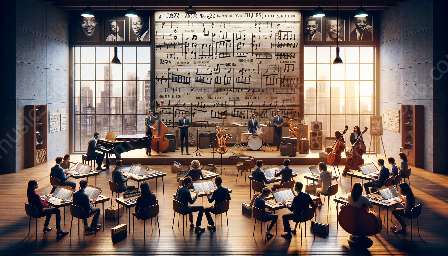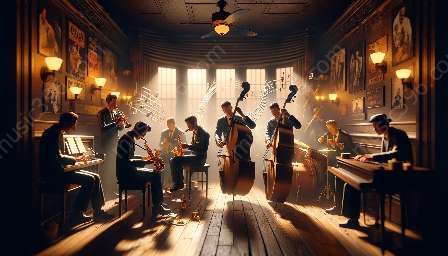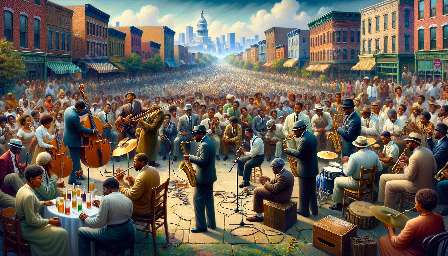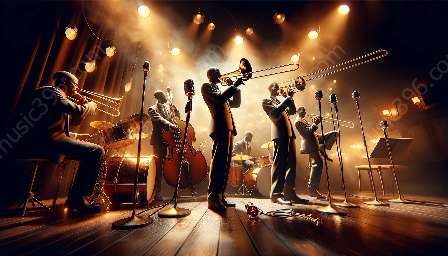Both jazz and blues music are deeply rooted in American history and culture, each with its own unique instrumentation that contributes to their distinct sounds. In this exploration, we'll delve into the main differences between the instrumentation of jazz and blues, from the use of improvisation to the role of specific instruments in shaping the musical styles.
Improvisation and Structure in Jazz and Blues
Jazz and blues share a common foundation in improvisation, yet they approach it in different ways. In jazz, improvisation is often collective, with musicians taking turns to solo over established chord progressions. Instruments like the trumpet, saxophone, and piano take on prominent roles in leading improvisation. Blues, on the other hand, typically features more individualistic improvisation with a focus on call-and-response patterns between the vocals and instruments such as the guitar, harmonica, and piano.
Instrument Roles in Jazz
In jazz, the instrumentation is often more expansive and varied, allowing for larger ensembles and orchestration. The saxophone, trumpet, trombone, and rhythm section comprising the piano, double bass, and drums form the traditional core of a jazz ensemble. These instruments work in harmony to create complex and layered arrangements, with each player contributing to the collective improvisation and overall texture of the music.
The role of instruments in jazz extends beyond traditional ensembles, with the genre embracing experimentation and fusion. Instruments such as the vibraphone, double bass, and even electronic instruments like synthesizers have found their place in jazz, broadening its sonic palette and pushing the boundaries of traditional instrumentation.
Instrument Roles in Blues
Blues instrumentation tends to be more focused and stripped down compared to jazz. The guitar, both acoustic and electric, plays a central role in the blues, with its versatile ability to provide rhythmic accompaniment, melodic riffs, and expressive solos. The harmonica, another iconic blues instrument, adds emotive and soulful textures to the music, often taking the role of both lead and supporting instrument within the blues ensemble.
Additionally, the piano has been a key instrument in shaping the blues genre, with its ability to provide both melodic and rhythmic support. The rhythm section in blues often features a simple yet effective combination of bass guitar, drums, and sometimes a second guitar, contributing to the groove and feel of the music.
Distinct Musical Styles
The differences in instrumentation between jazz and blues contribute to their distinct musical styles. Jazz's expansive instrumentation and emphasis on collective improvisation lead to complex and dynamic compositions, with a wide range of sonic textures and expressive solos. Blues, with its more focused instrumentation and individualistic improvisation, creates a raw and emotive musical experience, often with a strong emphasis on storytelling and personal expression.
Ultimately, while both jazz and blues share common musical roots, their instrumentation plays a crucial role in shaping their unique sounds and emotional impact, making them both vital components of the American musical landscape.






























